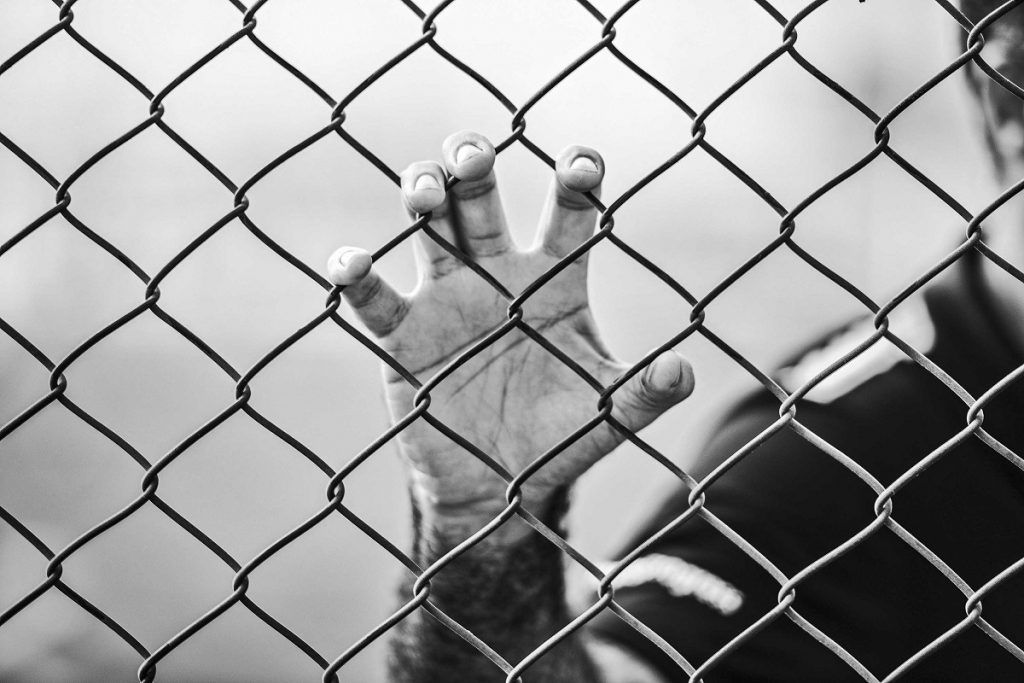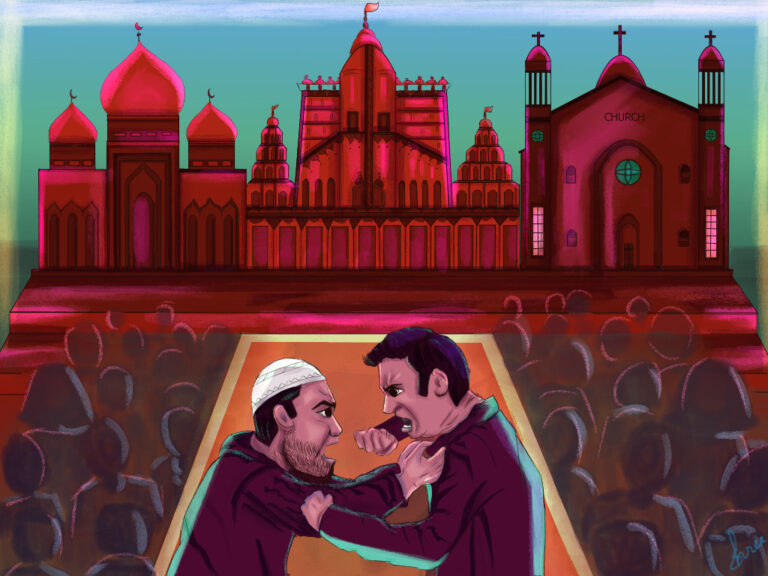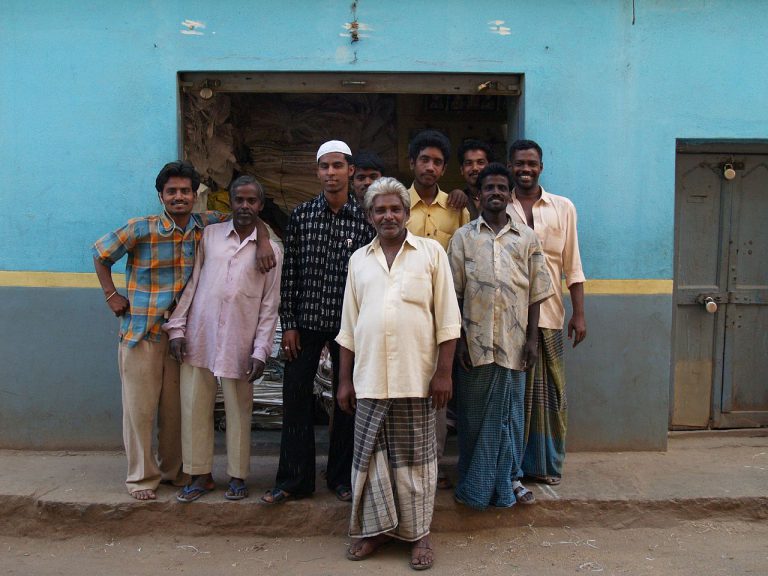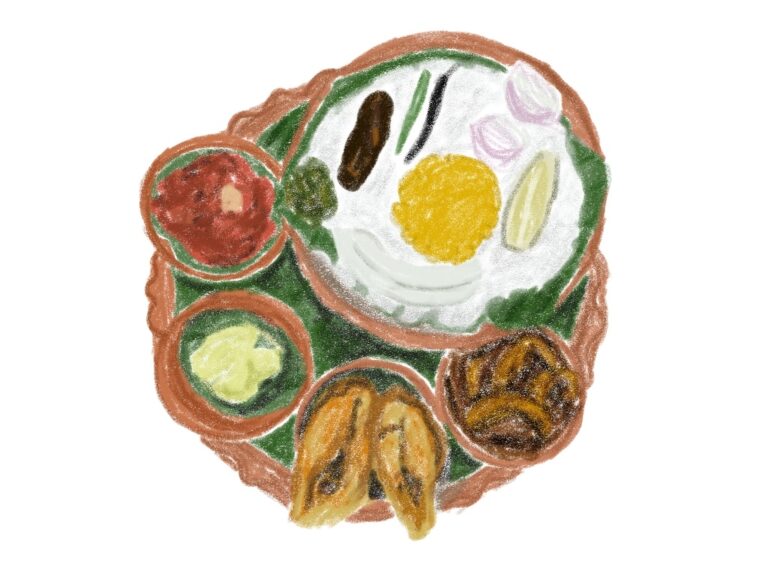UAPA: Protection to India’s Sovereignty or a Way to Curb Dissent?

Sanandita is a postgraduate student of history and completed her postgraduation from Presidency University, Kolkata.

The Unlawful Activity Prevention Act (UAPA), since its inception in the year 1967, has gone through seven amendments altogether. After its latest amendment was done in the year 2019 it has faced massive disapproval from several of the Indians. The most appalling part of this anti-terror law is that any individual who is found to be in any kind of association with any terror organisation, that individual will not be regarded as an ‘accused’ but as a ‘terrorist’ by the central government even before the court declares it (Bhandari, 2020). This downright nullifies the legal process of India and the legal right of the accused to fight for one’s self. This lacks clarity because punishment based on mere suspicion is something that violates every provision that our constitution has, to safeguard the innocent. Also, this goes beyond the law and is rather deceiving. It gives the government the right to tag a person as a ‘terrorist’ or an act as a ‘terror act’ based on their impregnable considerations. Apart from this the government also enjoys the right to hide all the information about the crime committed even from the person who is accused as the criminal. The stringency that this law reflects makes it controversial and illicit. In a democratic country like India, every accused is given a chance to be heard irrespective of the crime that the individual has committed. The objective behind the framing of such an act was to curb the unlawful activities and organisations. The Act has used the two terms in an extremely overlapping manner, those are: ‘unlawful activity’ and ‘terrorist activity’. ‘Unlawful activity’ refers to any act committed by an individual or association through the medium of language whether spoken or written that is intentionally done to disarray the territorial integrity and sovereignty of the country; whereas, ‘Terrorist activity’ involves the use of violence against the people of the country or state organisations. These terms are used quite synonymously in this Act.
This law has divided the nation into two groups: one group supports this extremity and opines that without this level of stringency in law, it would not be possible to curb the terror activities in India. However, the other group states that this law is impeding democracy to reign over the social fabric of India. Also, the ambiguous nature of this law makes it easier to exploit the vulnerable sections and marginalised people of the Indian society or any organisation which the government considers as a threat. A tendency to gloss over the necessary nuances have been observed against the cases listed under UAPA. As there has been no proper investigation, rather procedural lapses and the accused have been imprisoned for years while her/his trial has continued (Verma, 2020). This Act can be arguably interpreted as a political device to limit civil liberties under the guise of judicial procedures. As now anyone and everyone can be reduced to the status of a ‘terrorist.’ The Act can also be used to curb dissent under the pretext of preventing a threat to security in India (Sibal, 2020).
Astonishingly the report of the National Criminal Records Bureau demonstrates that there has been a leap in the number of cases listed under UAPA. This is in stark contrast with the results that were expected. In 2014, it listed 976 cases and by 2018, the cases went up to 1,182 (Verma, 2020). The fact that this UAPA did not face any counterattack in the Parliament rather found consensus from other political parties and finally got passed as a bill from both the houses of the Parliament, aptly demonstrates the gravity of the present situation. Also, if the government has enough shreds of evidence against a terror accused person then the courts will eventually declare that person guilty and prosecute him. So, the question here is why is this layer of amendment became a necessity? Although it is to be mentioned here, that the law has been downright opposed by Congress member Dr. Shashi Tharoor (The Hindu, 2019) and Trinamool Congress member Smt. Mohua Moitra (Political News, 2019). However, the above discussion somehow reminds us of the historical Rowlatt Act of 1919 which was also known as the Black Act (Sarkar, 2007). The disheartening fact is that the Rowlatt Act was imposed on us by the imperialist government while the UAPA is imposed by our government. Even after so many years of independence, the UAPA makes us question whether we are taking necessary steps towards the development of a law-abiding democratic country, or are we retroceding.
References
Bhandari, D., & Pokhriyal, D. (2020). The Continuing Threat of India’s Unlawful Activities Prevention Act to Free Speech. Jurist. https://www.jurist.org/commentary/2020/06/bhandari-pokhriyal-uapa-free-speech/
Moitra, M. (2020). Watch Mohua Moitra take on the UAPA Amendment Bill in Lok Sabha. The Wire. [Video file: 4:41 minutes] https://www.youtube.com/watch?v=4yujmP-enSo
Politics News. 2019. Mahua Moitra hits out at govt over UAPA Amendment Bill, says draft law is ‘anti-federalism, anti-constitutional and anti-people. https://www.firstpost.com/politics/mahua-moitra-hits-out-at-govt-over-uapa-amendment-bill-says-draft-law-is-anti-federalism-anti-constitutional-and-anti-people-7048791.html
Sarkar, S. (2007). The Politics behind the Rowlatt Act (1919). http://www.academia.edu/11395195/The_Politics_behind_the_Rowlatt_Act_1919_?auto=download
Sibal, K. (2020). UAPA: When laws turn oppressive. Hindustan Times. https://www.hindustantimes.com/analysis/uapa-when-laws-turn-oppressive/story-d9d7OEO50LQjLZs3Ba5pzI.html
The Hindu. 2019. UAPA Bill draconian, terms Opposition in Lok Sabha. https://www.thehindu.com/news/national/uapa-bill-draconian-terms-opposition-in-lok-sabha/article28323449.ece Verma, S. (2020). Why UAPA cases fall flat in courts. Times of India. https://timesofindia.indiatimes.com/india/why-uapa-cases-fall-flat-in-courts/articleshow/77191240.cms
Featured Image Credits: Milad B. Fakurian on Unsplash








